
3D Printed Reefs to Restore Ecosystems
Three-dimensional printing may provide a sustainable solution to the ongoing global crisis of coral reef death.
Population growth and its associated environmental burden have significantly impacted Australia’s Great Barrier Reef and many other coral reefs in recent years. Rising water temperatures have caused coral bleaching and the disappearance of fish populations. Indeed, reefs are home to many diverse marine species and are therefore vital for the survival of countless organisms.
Seeking a solution to support fish and plant populations, XtreeE, a 3D printing service, together with Seaboost, a company specializing in marine life restoration, developed a 3D-printed artificial coral reef. It will be installed in the Calanques National Park in France for a trial run. The 3D reef will precisely replicate the complex structures of a natural coral reef. It is based on scans of existing reefs in the region using a 3D scanner. The team hopes this project will help boost marine species populations.
The intricate design of reefs is best achieved through additive manufacturing technologies. XtreeE will most likely use coral-like materials such as concrete and sand to print the structures. To ensure compatibility with the natural ecosystem, materials will be sourced locally. Otherwise, the team risks species not recognizing the structures and avoiding them. Traditionally, coral reefs take hundreds of years to regenerate. However, given the ongoing destruction of habitats by human activity, reefs cannot recover quickly enough. This is why projects like XtreeE are vital for testing. If successful, many reefs could be restored using 3D printing technologies.
3D Printed Reefs to Restore Ecosystems
Creating a Platform for Global Coral Reef Recovery
Artificial reefs have long existed in the form of sunken ships, tires, or car wrecks. However, many of these do not accurately resemble coral reefs, which provide tiny nooks and spaces essential for flora and fauna.
XtreeE is not the first to embark on 3D coral reef projects. Last year, Dutch marine company Boskalis 3D-printed six reefs for research in Monaco’s Larvotto Reserve in collaboration with Prince Albert II of Monaco Foundation. The reefs will be monitored for two years to determine how much marine life they can attract.
“There is no silver bullet for coral restoration,” explains Fabien Cousteau, ocean advocate and documentary filmmaker. “You’re talking about a very complex environment, a complex animal with many variations across each subspecies. All of this is an experiment. In the short term, we’ve seen many positive signs with some coral species. But remember, this is a drop in the bucket in a very, very large ocean.” With the advancement of bioprinting technologies and continued material development, reefs may one day be printed using real coral.

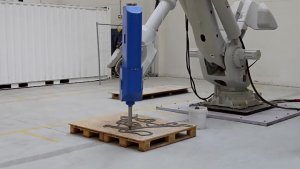
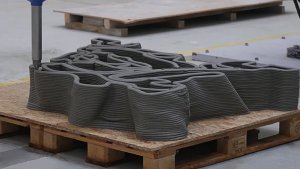
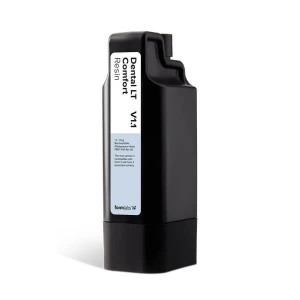
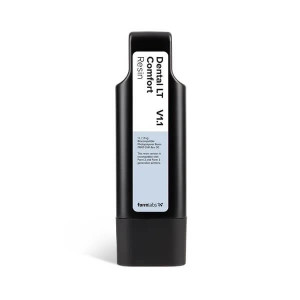
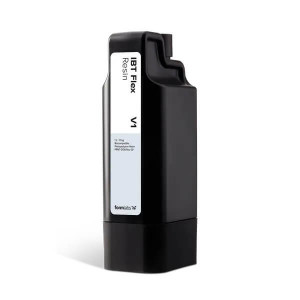
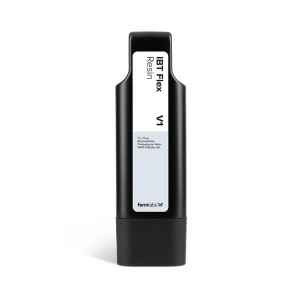
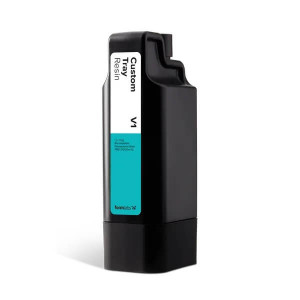
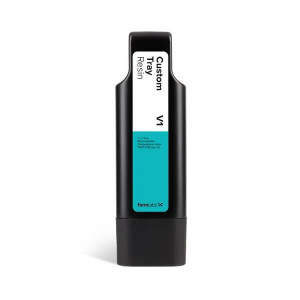
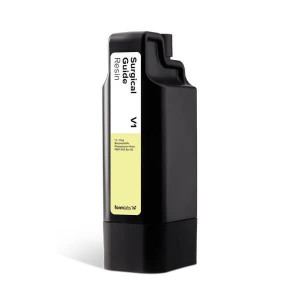
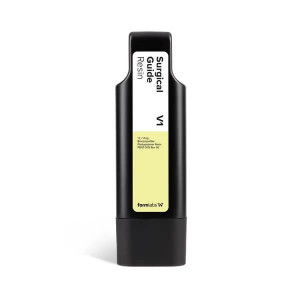
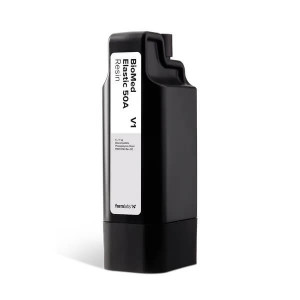

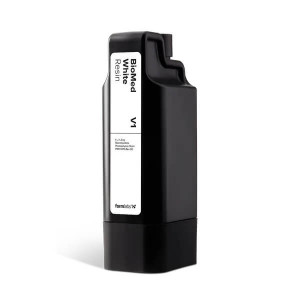
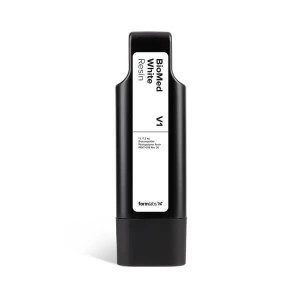
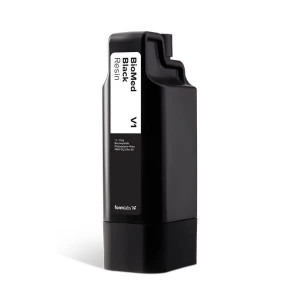
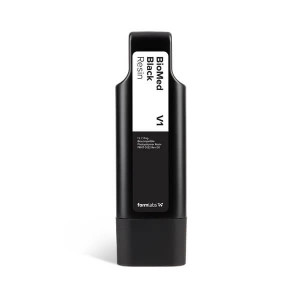
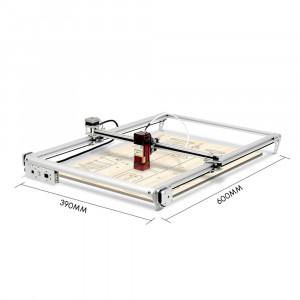
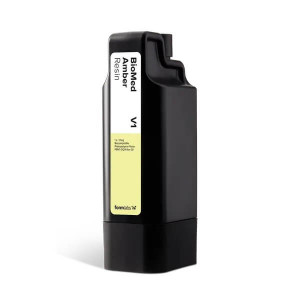
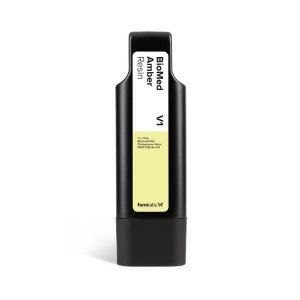
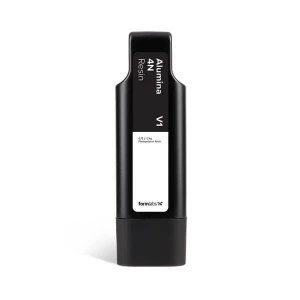
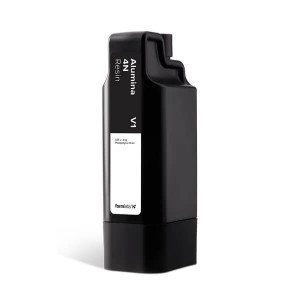
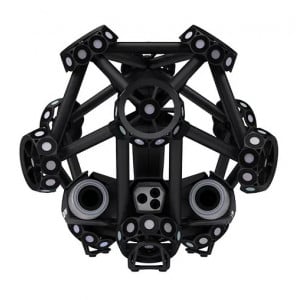
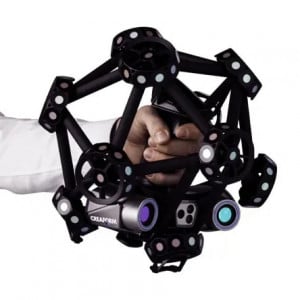

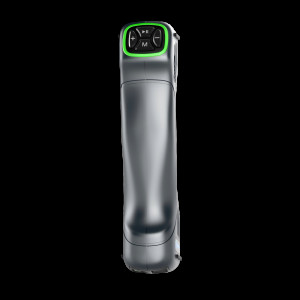
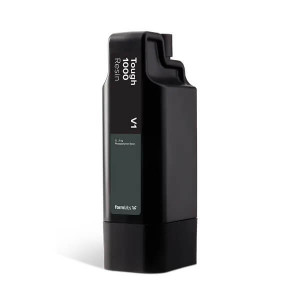
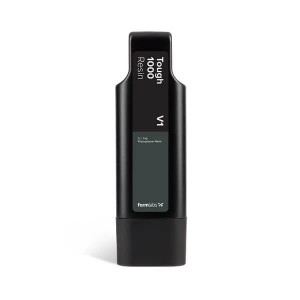
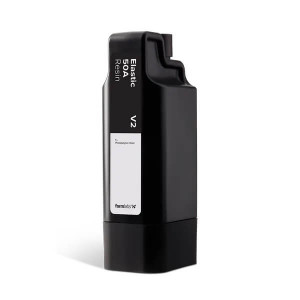
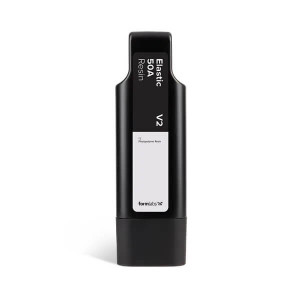
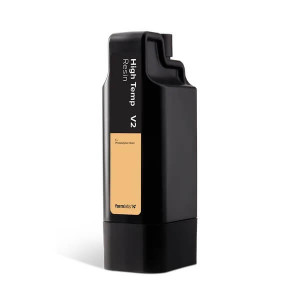
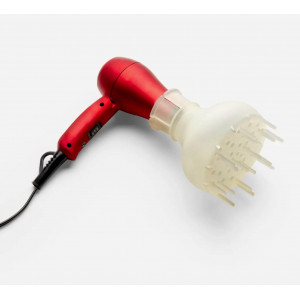
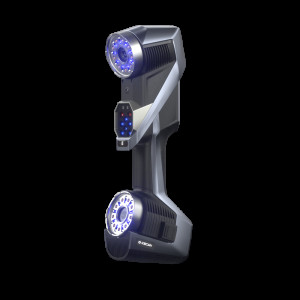
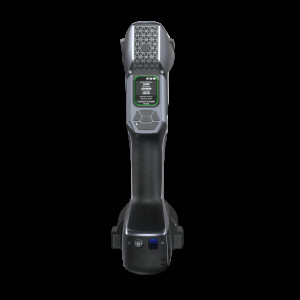


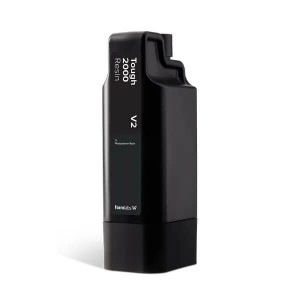
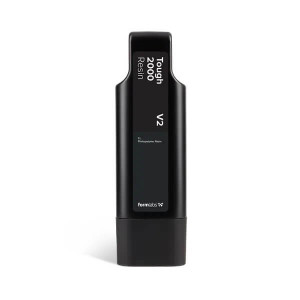
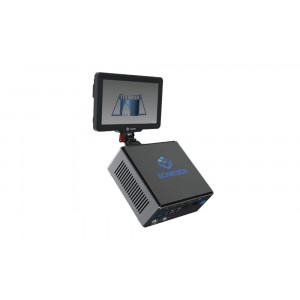
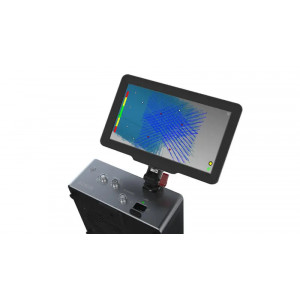
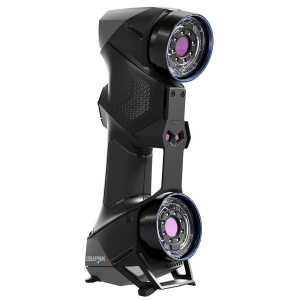
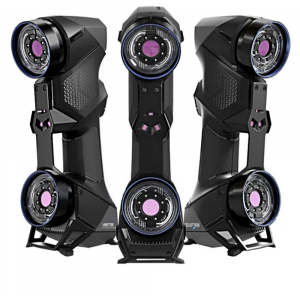



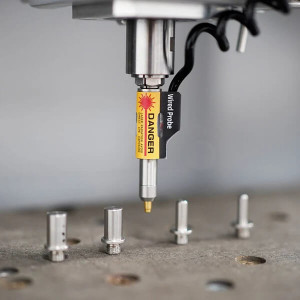
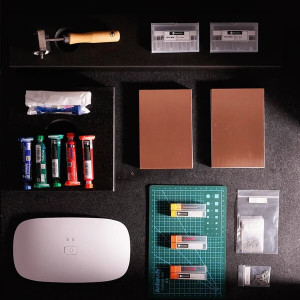
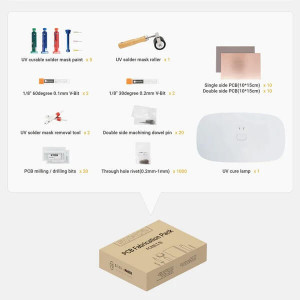
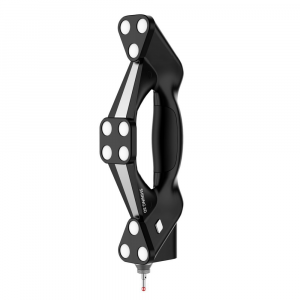
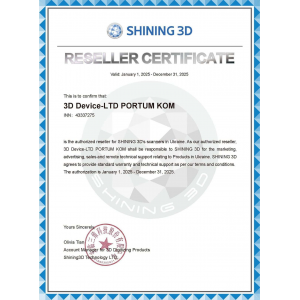
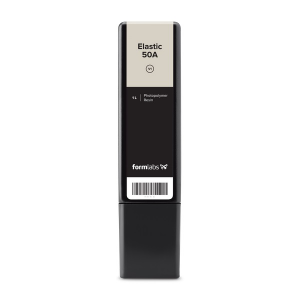
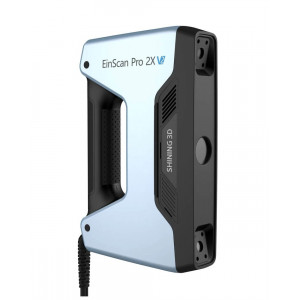
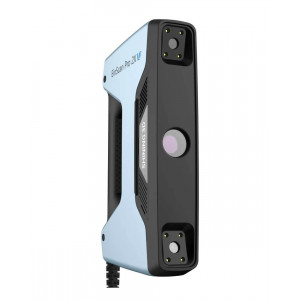
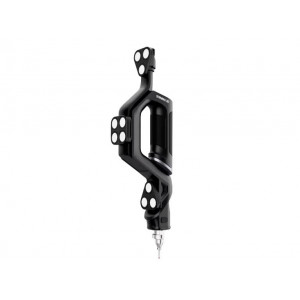
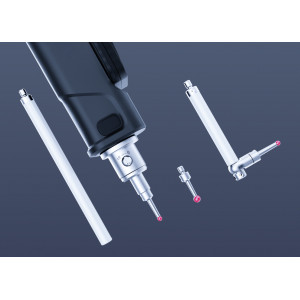
Leave a Comment